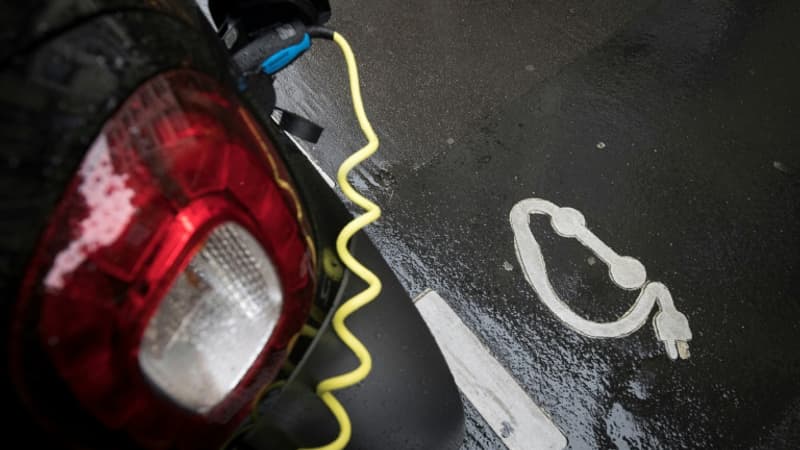It could be called the game of 100,000 terminals. According to the latest survey carried out by Avere France (the association for the promotion of electric vehicles), as of December 31, 2022, just over 82,000 charging points were installed in France. The goal set by the government of 100,000 terminals in the territory was therefore missed again last year, after a first failure in 2021.
82,107 terminals, which work quite well
But according to the professionals, both the objective and the dynamics implemented are positive. According to Avere, the number of public charging points increased by 53% last year, or an additional 28,400 points in one year. By way of comparison, just under 35,000 charging points were operational at the beginning of 2021.
For Arthur Jouannic from LCP Delta, a consultancy that advises companies in energy transition, this installation of terminals follows the evolution of the electricity market, which is growing rapidly despite a new slow market in 2022 (more than 200,000 sales, that is, on 13 % of the new market). And a much larger park (see chart below). Doing the ratio, this gives a public charging point for 8 electric vehicles on average in the territory.
Beyond the raw numbers of the number of terminals, it is interesting to look at the power of the charging network. The latter is still massively made up of slow terminals. Thus, 35% of these charging points in France offer less than 7.4 kW and 53% between 7.4 and 22 kW.
Another important piece of information (even essential): the availability of the network. The Avere communicates the figure of 84% of the network available (neither in maintenance nor out of service). If the figure is quite good, however, it can be critical in periods of high traffic such as long weekends or vacations, with 16% of the network unavailable. In addition, this rate was reduced to 76% of the points available in December for ultra-fast charging over 150 kW. However, these terminals are the ones that specially equip the motorway service areas.
What power for what use?
More than the number of terminals, the intelligence of the territory’s network is a key issue for an effective deployment. This involves, in particular, adapting the power of the terminal to the place where the motorist is going and the downtime at the place during charging. Typically, in a motorway service area, you want to be able to recharge quickly, also to make room for other users when charging is complete. If you spend 1 hour or more in a shopping center or cinema, a charge of less than 50 kW may, on the contrary, be sufficient.
This is the entire Power Dot strategy. This company has installed the fastest charging stations in France in 2022 (569 last year and 6,000 are already planned for 2023). Its model is particular since the rate and the power of the terminals vary according to their use. Power Dot, for example, installs a station in the parking lot of a supermarket assuming this very high cost, to later share the income of charging with charge.
Pay, the challenge for motorists
However, one of the critical points in the generalization of the terminals always remains the payment. It is still too complex for the user, between the different networks, the impossibility of paying directly in certain terminals with his bank card or even the legibility of the prices. And the recent rise in certain prices, such as in the Belib terminals in Paris, adds another negative sign.
However, the goal of 100,000 terminals should be reached this year. With a new challenge to reckon with right now: the government is targeting 2 million electric vehicles on the roads by 2030. This will rapidly increase the demand for new charging points.
One million electric vehicles in France
The electric vehicle fleet reached a symbolic milestone last year in France. Including plug-in hybrids, the fleet of plug-in vehicles exceeded one million units in France last year. More than 690,093 electric models and 412,882 rechargeable hybrid models are on the road in France. That’s 1.1 million electrified cars, here surpassing the target of one million vehicles on the roads planned for 2022.
Source: BFM TV


